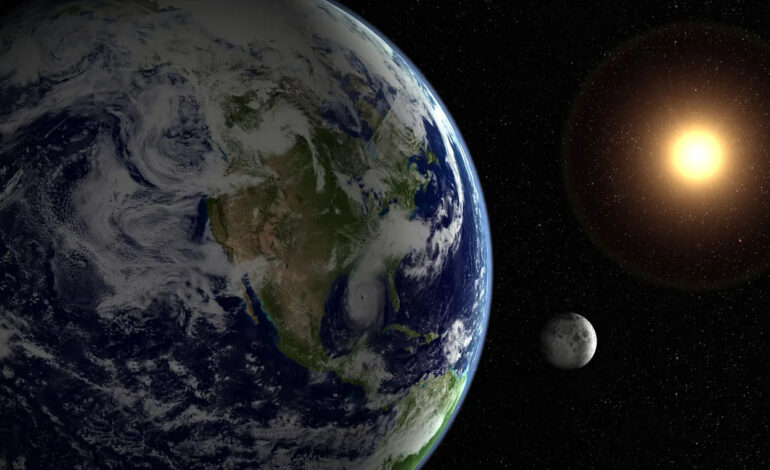Earth’s Rotation Speeds Up: A Closer Look at Time Changes

The rotation of Earth is experiencing a slight increase in speed, leading to some of the shortest days of the year. On July 9, July 22, and August 5, the planet will complete its rotation in less time than the standard 24 hours. While the difference is barely perceptible—measured in milliseconds—it highlights the dynamic nature of our planet’s movement.
Earth’s typical rotation time is 24 hours, corresponding to exactly 86,400 seconds. However, this duration can fluctuate. Changes in the Earth’s rotation speed can occur by a millisecond or two daily. Factors influencing this variability include the gravitational pull of the moon and geological events such as earthquakes. “Our planet spins quicker when the moon’s position is far to the north or south of Earth’s equator,” as noted by TimeandDate.com.
Significant geological events, like the 8.9 magnitude earthquake that struck Japan in 2011, have been shown to affect Earth’s rotation directly. That earthquake accelerated the planet, shortening the length of a day by 1.8 microseconds (0.0018 milliseconds). These subtle variations in the length of day (LOD) began being accurately measured in the 1950s through the use of atomic clocks.
Understanding Earth’s Rotation Dynamics
The technical measurement of Earth’s rotation reveals that on July 5, 2024, the planet’s rotation was recorded as 1.66 milliseconds faster than the standard 24 hours. Each year, there are specific days when the speed of Earth’s spin temporarily increases, primarily due to the moon’s distance from the equator. This summer, the days of July 9, July 22, and August 5 will be marked by these brief accelerations.
It is important to distinguish between these scientifically measured short days and the traditional perception of the shortest day of the year, which occurs during the winter solstice in mid-December. On this day, the Northern Hemisphere experiences the least amount of daylight as Earth tilts away from the sun.
Future of Earth’s Rotation
Interestingly, the question of whether Earth will always maintain a 24-hour day is complex. Historical research indicates that during the Jurassic Period, a full rotation took approximately 23 hours. Current scientific estimates suggest that the length of a day is increasing by about 1.7 milliseconds each century. If this trend continues, it is projected that in around 200 million years, a complete day will extend to 25 hours.
As our understanding of Earth’s movements evolves, these measurements not only enhance scientific knowledge but also underline the intricate relationship between geological forces and timekeeping. The ongoing changes in Earth’s rotation remind us of the planet’s dynamic nature and the fascinating interplay of natural phenomena.






